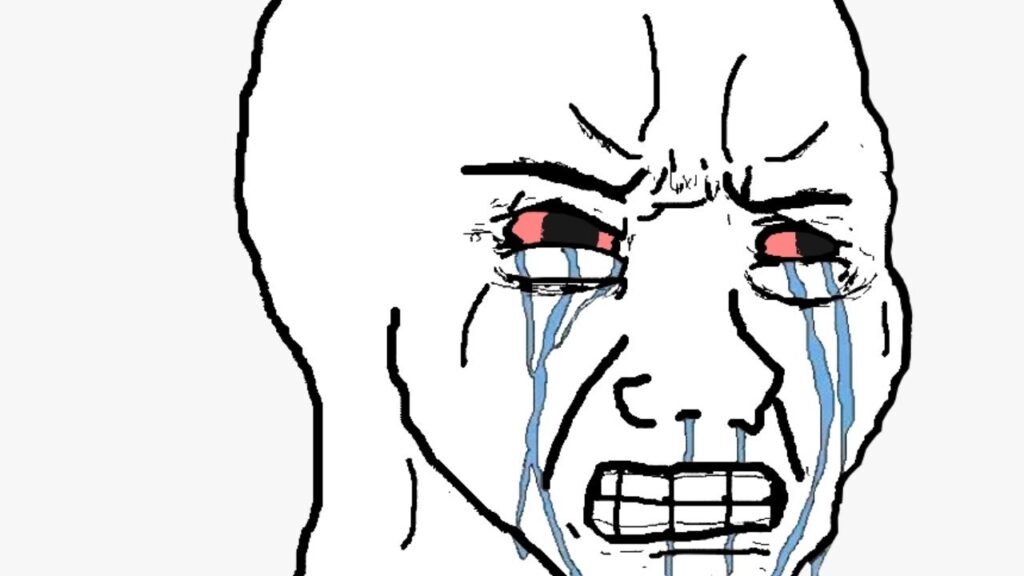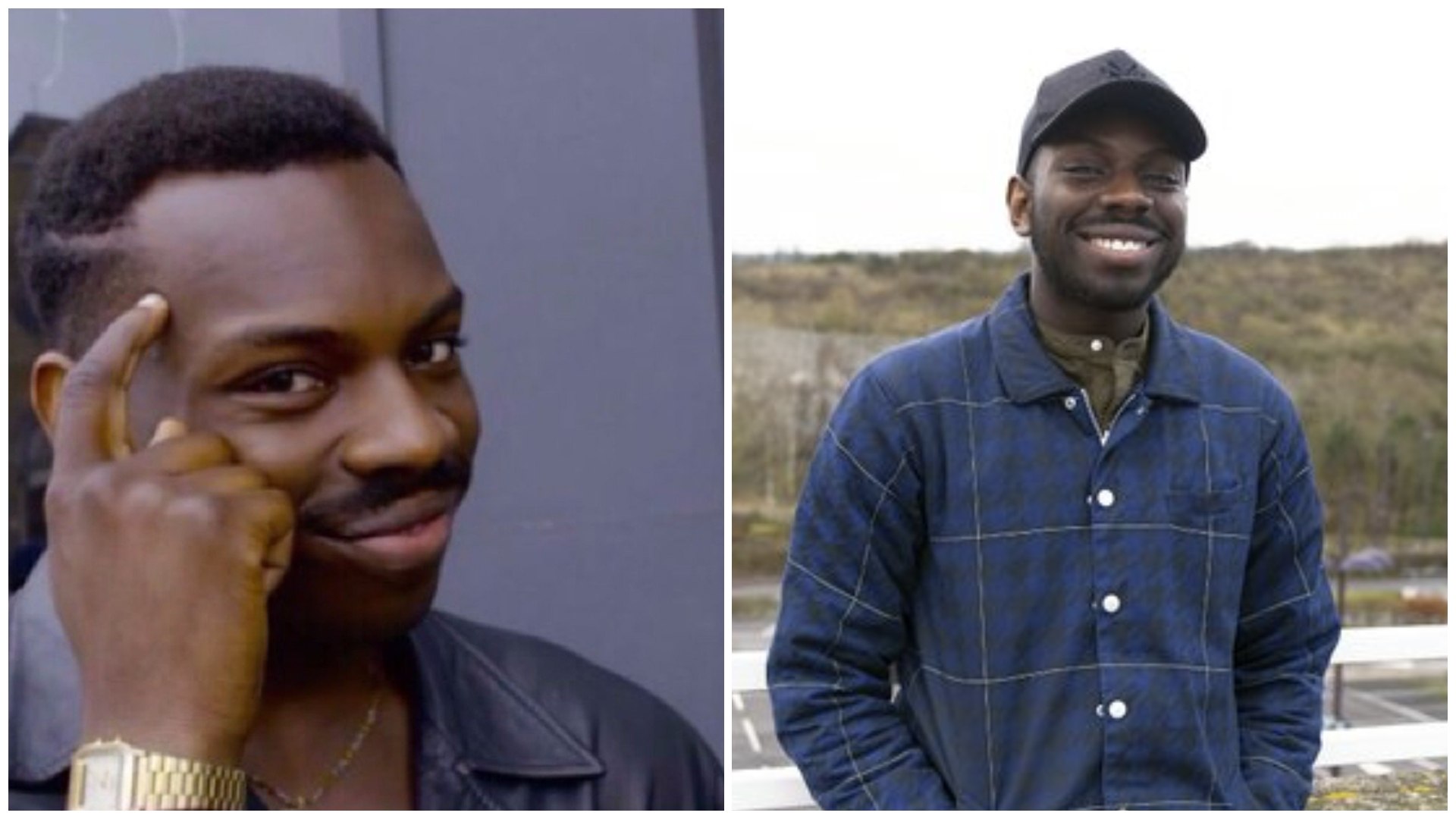In the constantly evolving landscape of the internet, certain cultural elements rise to iconic status and become a shared language for millions worldwide. Meme faces are one such phenomenon. These simple, often crudely drawn expressions have become a universal method of conveying feelings, humor, and social commentary online. From their humble beginnings in rage comics to their present-day presence across social media, meme faces have shaped how we communicate digitally. This article delves into the story behind meme faces, their significance, and their lasting impact on internet culture.
Understanding Meme Faces
Meme faces are illustrated faces used in online memes to represent emotions or reactions visually. Unlike traditional emojis or stickers, meme faces usually have exaggerated, cartoonish expressions designed to capture intense feelings such as rage, joy, embarrassment, or sarcasm.
Their raw and simplistic style makes them instantly recognizable and easy to replicate, allowing internet users to express themselves quickly and effectively in digital conversations.
The Birth of Meme Faces
The concept of meme faces took off around 2008 with the rise of rage comics — a genre of webcomics that combined simple drawings and relatable stories, often about awkward or frustrating moments in everyday life. These comics relied heavily on a set of recurring faces, each with a unique expression that conveyed a particular emotional state.
Notable early meme faces include:
- Trollface: The archetypal smirk representing internet trolling or intentional provocation.
- Forever Alone: A face representing loneliness or social rejection in a humorous way.
- Y U NO Guy: Expresses confusion or frustration, asking “Why you no…?”
- Me Gusta: Displays a creepy yet satisfied expression about something strange or awkward.
- Rage Guy (FFFFFUUUU): Symbolizes overwhelming anger or irritation.
These faces rapidly became cultural touchstones within internet communities, used to create and share humor that anyone online could relate to.
What Makes Meme Faces So Effective?
Several factors contribute to the effectiveness and popularity of meme faces:
- Universality of Expression: The exaggerated emotions tap into common human feelings that transcend language and culture.
- Visual Brevity: They convey complex emotional states instantly without the need for lengthy explanations.
- Ease of Creation: Their simplicity makes it easy for users to create variations, remix, or invent new faces.
- Community Bonding: Using meme faces in conversations builds a sense of shared culture and inside jokes.
- Versatility: They work in many contexts — from social media comments to personal chats.

The Impact of Meme Faces on Digital Communication
Text alone can be limiting in conveying tone, humor, or sarcasm. Meme faces fill this gap by adding visual emotion cues to online communication. They help avoid misunderstandings and enrich conversations by reflecting how people might react if they were face-to-face.
For example, sharing a “Forever Alone” meme face can turn an expression of loneliness into a lighthearted joke, helping people connect through shared vulnerabilities. Meanwhile, a “Trollface” signals playful teasing or harmless mischief, setting the tone for interactions.
Beyond Rage Comics: The Evolution of Meme Faces
Though rage comics have waned in popularity, meme faces have not disappeared. Instead, they evolved and spread to different formats and platforms:
- Reaction Images: Meme faces are frequently posted as reactions to tweets, posts, or messages.
- Messaging Stickers: Many chat apps offer meme face stickers to spice up conversations.
- Video Memes and Animations: Creators animate meme faces in videos on YouTube, TikTok, and Instagram.
- Merchandise: Meme faces appear on clothing, accessories, and novelty items, cementing their cultural status.
Their adaptability keeps meme faces relevant in an ever-changing digital world.
Iconic Meme Faces and Their Meanings
Here is a quick guide to some of the most iconic meme faces and their typical usage:
- Trollface: Signifies trolling or deliberately annoying someone online.
- Forever Alone: Depicts loneliness and social awkwardness with humor.
- Y U NO Guy: Used to express frustration or demand explanations.
- Me Gusta: Represents strange or guilty pleasure.
- Rage Guy: Displays anger or extreme irritation.
- Okay Guy: Shows reluctant acceptance of an unpleasant reality.
- Derp/Derpina: Symbolizes cluelessness or silliness.
- Cereal Guy: Known for sarcastic or skeptical remarks.
Controversies and Challenges
Like many internet phenomena, meme faces have encountered criticism:
- Overuse and Saturation: Their ubiquity sometimes leads to diminished humor and impact.
- Cultural Sensitivity: Some meme faces have been criticized for perpetuating stereotypes or offending certain groups.
- Commercial Exploitation: Turning meme faces into merchandise can be seen as detracting from their grassroots appeal.
- Changing Relevance: As internet culture evolves, some meme faces may become outdated or misunderstood.
Nonetheless, meme faces continue to be reinvented, ensuring their survival.
Why Meme Faces Still Matter
Meme faces are more than funny pictures — they are a reflection of how digital communication adapts to human needs for emotional expression. In the absence of physical cues like facial expressions and tone of voice, meme faces provide an accessible, relatable way to connect online.
By condensing complex feelings into a simple image, they help break down barriers of language and culture, making the internet a more expressive and inclusive space.
The Road Ahead for Meme Faces
Looking to the future, meme faces will likely continue evolving alongside technology and culture:
- Animation and Interactivity: Animated meme faces and interactive memes will engage users in new ways.
- Artificial Intelligence: AI may assist in creating personalized or context-aware meme faces.
- Cross-Cultural Blends: Global internet culture will inspire meme faces that blend artistic styles and emotions from around the world.
- Integration in Digital Life: Meme faces may become common in education, virtual meetings, and online collaboration tools.
Despite changing trends, meme faces will remain a timeless tool for digital human connection.
Frequently Asked Questions (FAQs) About Meme Faces
Q1: What distinguishes meme faces from emojis?
Meme faces are usually hand-drawn, exaggerated expressions used mainly for humor and storytelling. Emojis are standardized icons used for basic emotional and symbolic representation.
Q2: When did meme faces become popular?
They became popular between 2008 and 2010 through rage comics shared on sites like 4chan and Reddit.
Q3: Why are meme faces often crudely drawn?
The crude style adds charm, humor, and makes them easier for users to create and modify.
Q4: Can meme faces be used in formal communication?
Generally, meme faces are informal and best suited for casual or social communication.
Q5: How can I create my own meme faces?
You can draw them by hand or use online meme generators and graphic design tools.
Q6: Are meme faces copyrighted?
Many originate from anonymous sources and exist in a digital commons with unclear copyright status.
Q7: Why do some people dislike meme faces?
Some find them overused or culturally insensitive in certain contexts.
Q8: Are meme faces understood globally?
Many are, due to their expressive visuals, but cultural nuances can affect interpretation.
Q9: How do meme faces enhance online communication?
They add emotional depth, humor, and clarity to text-based conversations.
Q10: Will meme faces remain popular in the future?
While specific meme faces may fade, expressive visual communication will likely persist.
Must Visit: globalfxhub
